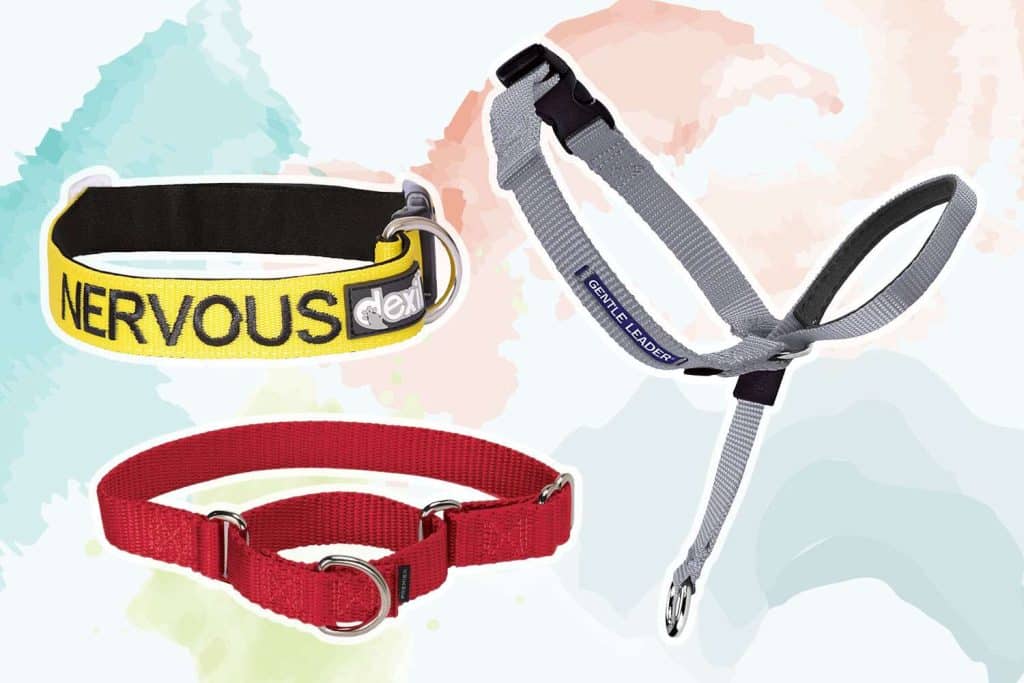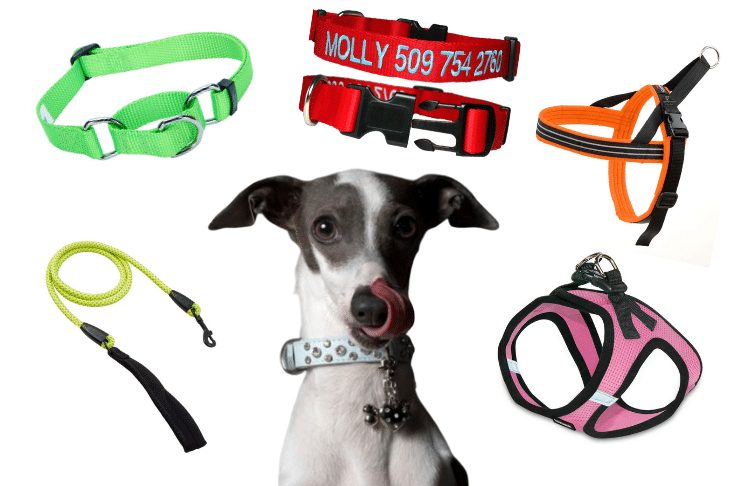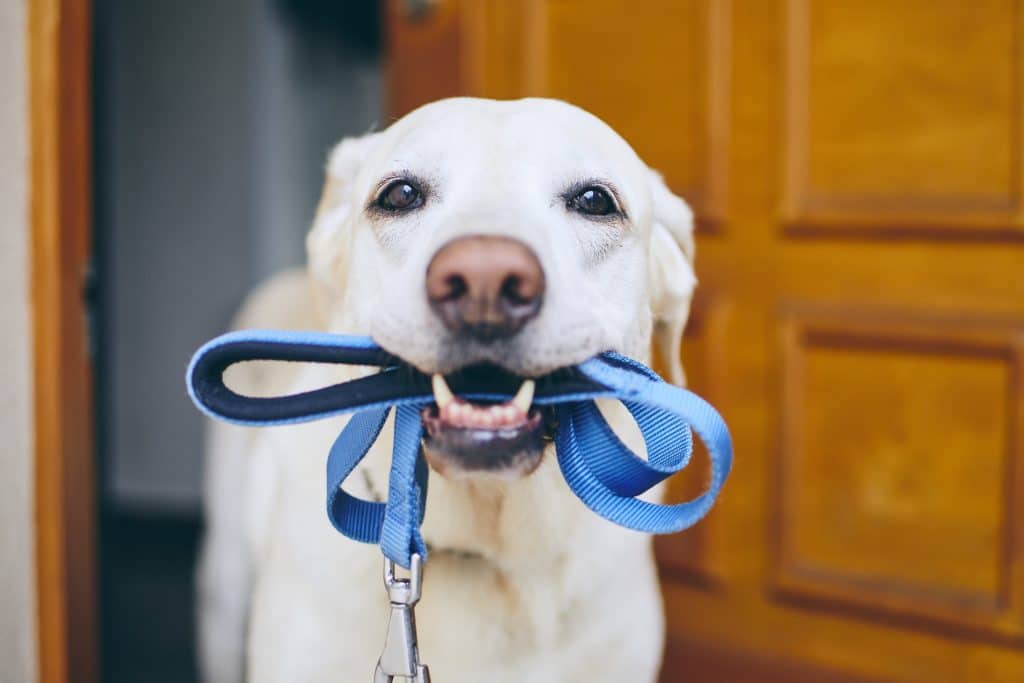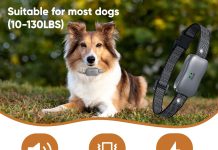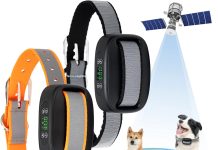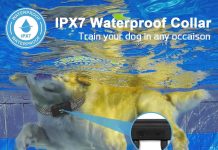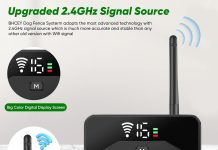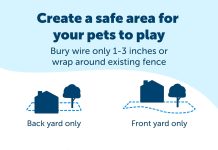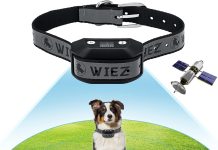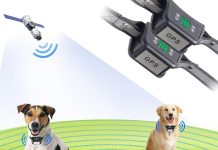Are you lAre you looking to train your furry companion on a leash but unsure which collar to choose? Look no further! In this article, we explore the various options available for lead training collars and provide insights on which one might be the best fit for you and your dog.
Whether you’re dealing with a strong-willed pup or a timid one, we’ve got you covered. From martingale collars to prong collars, we break down the pros and cons of each style to help you make an informed decision.
Discover the best collar for lead training and embark on a successful leash-training journey with your four-legged friend.
Understanding Lead Training
Lead training is the process of teaching a dog to walk calmly and obediently on a leash. It involves teaching the dog to respond to cues and commands while on a leash, allowing them to explore their surroundings while remaining under control. Lead training is essential for several reasons, including safety, obedience, and overall well-being. By mastering lead training, dogs can have more freedom to enjoy outdoor activities while ensuring their safety and the safety of those around them.
One of the key benefits of lead training is the ability to have better control over your dog. When properly trained to walk on a leash, dogs are less likely to pull, lunge, or become overly excited in distracting situations. This makes the walk more enjoyable for both the dog and the owner and reduces the risk of accidents or confrontations with other dogs or pedestrians. Lead training promotes good behavior and obedience, as the dog learns to follow commands and respond to cues while on a leash.
This image is the property of www.thesprucepets.com.
Different Types of Collars
Various collars are available for lead training, each with features and benefits. Here are some commonly used collars:
Table of Contents
Flat Collars
Flat collars are the most basic and commonly used collars for lead training. They are usually nylon or leather and have a buckle or snap closure. Flat collars are simple, lightweight, and easy to use, making them suitable for everyday walks and training sessions. They provide a secure attachment point for a leash and can be personalized with tags or identification.
Martingale Collars
Martingale collars, also known as limited slip collars, have a unique design that prevents the collar from tightening too much while still providing control over the dog. They consist of a loop that tightens when the dog pulls on the leash but loosens when the pressure is released. Martingale collars are commonly used for dogs with narrow heads or those prone to slipping out of regular flat collars.
Choke Chain Collars
Choke chain collars, also called slip collars, are made of metal chain links. When the leash is pulled, the collar tightens around the dog’s neck, creating a choking sensation that acts as a correction. Choke chain collars should only be used by experienced trainers who understand how to use them properly and avoid causing harm to the dog. They are not recommended for dogs with respiratory issues or brachycephalic breeds.
Prong Collars
Prong collars, also called pinch collars, have metal prongs that apply pressure to the dog’s neck when tension is applied to the leash. The prongs imitate the corrective pressure of a mother dog’s bite, encouraging the dog to pay attention and respond to commands. Prong collars should only be used under a professional trainer’s guidance and are unsuitable for dogs with aggression issues or neck injuries.
Head Halters
Head halters, such as the Gentle Leader or Halti, are designed to fit around the dog’s muzzle and behind the ears, controlling the dog’s head movements. They work by redirecting the dog’s attention and giving the handler more control, as any pulling or lunging is redirected towards the side instead of forward. Head halters can be practical for dogs that are strong pullers or have difficulty managing their excitement.
Harnesses
Harnesses are a popular alternative for lead training, especially for small or brachycephalic breeds. They distribute the pressure from the leash across the dog’s chest and back, reducing the strain on the neck and preventing potential injuries. Harnesses come in various designs, including back-clip, front-clip, and no-pull harnesses, each providing different control and training options.
Slip Collars
Slip collars, also known as check chains, are similar to choke chain collars but are made of nylon or rope instead of metal. They have a sliding ring that tightens when the dog pulls and loosens when pressure releases. Slip collars should be used with caution and proper training to avoid causing harm or discomfort to the dog.
Pinch Collars
Pinch collars, also called prong collars, are designed with metal prongs that pinch the dog’s neck when the leash is pulled. The prongs simulate the corrective pressure of a mother dog’s bite, encouraging the dog to pay attention and respond to commands. Pinch collars should only be used under a professional trainer’s guidance and are unsuitable for dogs with aggression issues or neck injuries.
Electronic Collars
Electronic collars, also known as e-collars or shock collars, deliver an electric shock to the dog’s neck as a form of correction. The handler controls them remotely and can be adjusted to different intensity levels. Electronic collars should only be used by experienced trainers who understand their proper usage and ethical implications. They are typically reserved for specialized training and are not recommended for everyday lead training.
This image is the property of s3.amazonaws.com.
Factors to Consider
When choosing the best collar for lead training, several factors should be considered to ensure the safety and effectiveness of the training process. These factors include:
Training Needs and Goals
Understanding your dog’s specific training needs and goals is essential in selecting the appropriate collar. Different collars are designed for different training purposes, such as loose leash walking, behavior correction, or specialized training techniques. Assessing your training objectives will help determine which collar type aligns best with your dog’s needs.
Dog Breed and Size
The breed and size of your dog can also influence the choice of collar. Some collar types may work better for certain breeds, while others may be more suitable for larger or smaller dogs. For example, head halters may be more effective for solid and robust breeds, while harnesses are often recommended for small or brachycephalic breeds to prevent neck injuries.
Temperament and Behavior
Consider your dog’s temperament and behavior when selecting a collar for lead training. Dogs with a strong prey drive or aggressive tendencies may require specialized training collars to ensure their safety and the safety of others. It is essential to consult with a professional dog trainer or behaviorist to determine the most suitable collar for your dog’s specific temperament and behavior.
Medical Conditions
If your dog has any pre-existing medical conditions, it is crucial to consider them when choosing a collar. Some collar types, such as choke chains or prong collars, may not be suitable for dogs with respiratory issues or neck injuries. Always prioritize your dog’s well-being and consult your veterinarian if you have any concerns regarding the collar’s impact on your dog’s health.
Training Techniques
Different collar types require different training techniques for effective and humane use. Educating yourself on the proper implementation of each collar type and considering whether you are comfortable with the associated training methods is essential. Seek professional guidance to ensure you use the collar correctly and safely.
This image is the property of www.cesarsway.com.
Flat Collars
Description
Flat collars are the most common type of collar used for lead training. They are made of flat nylon or leather straps with a buckle or snap closure for easy attachment. Flat collars are lightweight, simple, and easy to use, making them suitable for everyday walks and basic training exercises.
Pros
One of the main advantages of flat collars is their simplicity. They are easy to put on and take off, making them convenient for quick walks or outings. Flat collars also provide a secure attachment point for a leash, allowing you to maintain control over your dog during lead training. Additionally, these collars can be personalized with tags and identification, ensuring that your dog can be easily identified if lost.
Cons
Flat collars have certain limitations when controlling strong pullers or dogs prone to escaping. As they distribute pressure around the dog’s neck, they may not provide sufficient control for dogs that tend to pull excessively or have a strong prey drive. Furthermore, flat collars can cause neck strain or injuries if the dog pulls forcefully against the leash.
Suitable Training Methods
Flat collars are suitable for basic lead training methods, promoting loose leash walking and reinforcing basic commands like “sit” or “heel.” They work well for well-behaved dogs on a leash and do not require extensive behavioral corrections.
Best for Which Breeds
Flat collars are generally suitable for most dog breeds, particularly those with milder temperaments and smaller sizes. They are commonly used for companion breeds, such as the Labrador Retriever, Golden Retriever, Beagle, or Poodle. However, it is essential to consider your specific breed’s individual needs and training requirements when choosing a collar.
This image is the property of media-cldnry.s-nbcnews.com.


